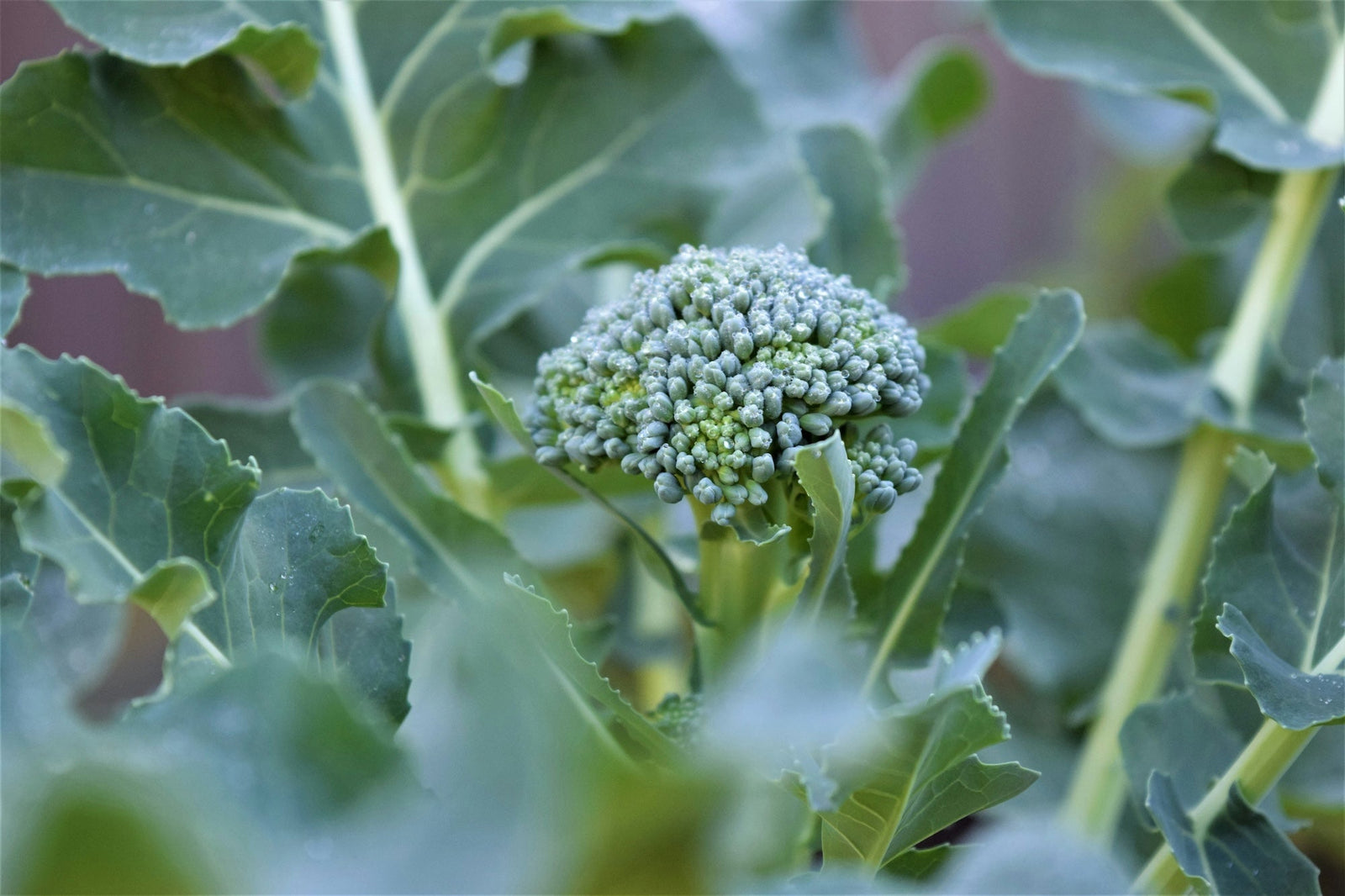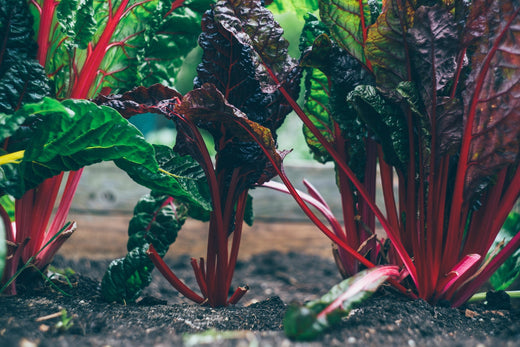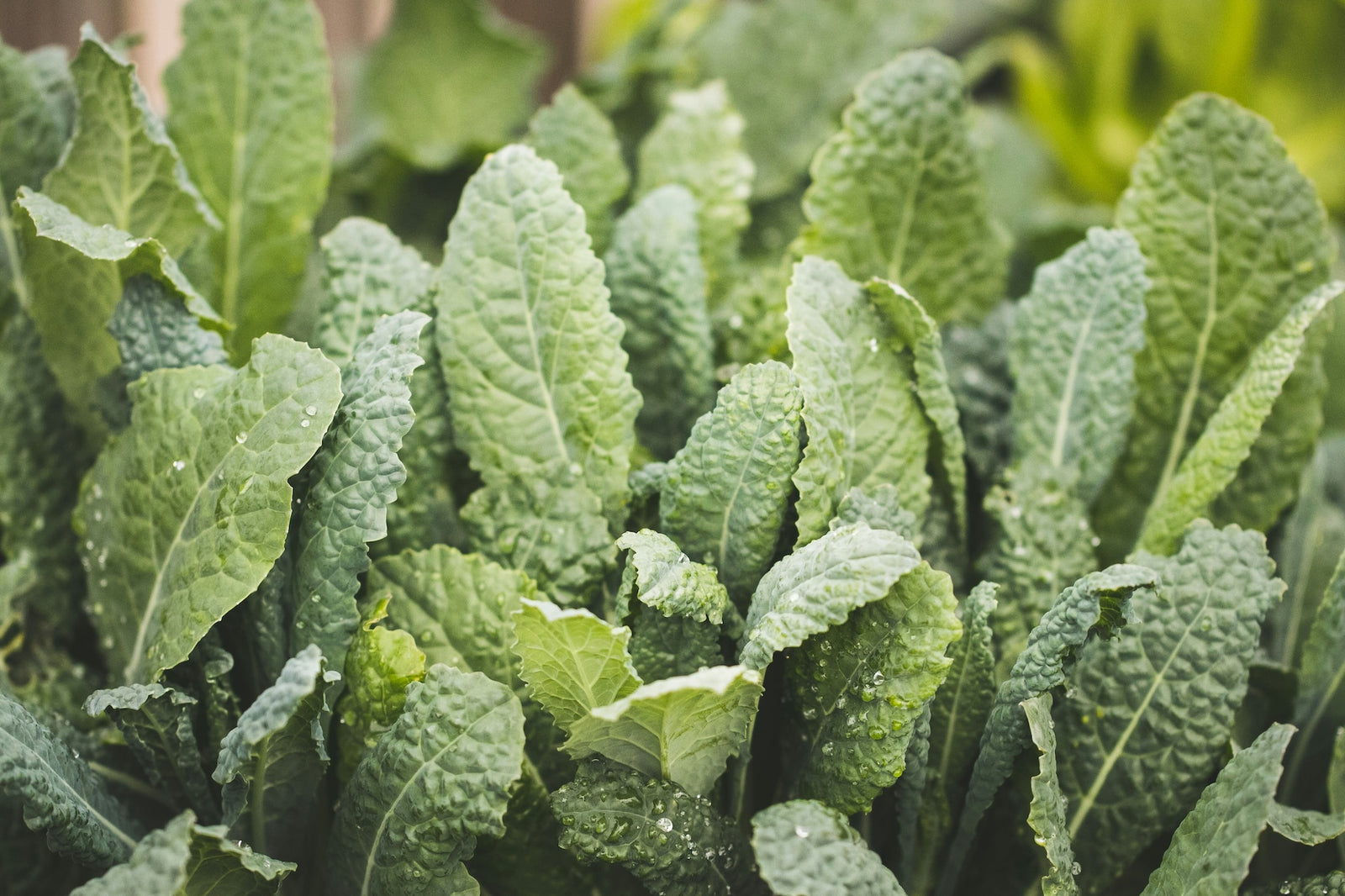
It seems that everyone is not only talking about growing their own Victory gardens, they are doing it! Vegetable gardens are sprouting up everywhere, yielding fresher taste, healthier foods, and brighter colors on your dinner table than anything you can find in your local supermarkets, not to mention the self-satisfaction you’ll experience in having produced your own food
We’ve been discussing which veggies to grow, and the best time to plant them, but we’re now finding ourselves at the time of year when our initial efforts are beginning to pay off, and the nascent gardener may be feeling a bit overwhelmed as the tiny seeds, or starter plants, that were placed in the carefully amended soil a few weeks ago are now becoming big plants that obviously need help to remain upright! We’re here to offer suggestions that not only serve a functional purpose, they are also attractive additions to your vegetable garden.
Experienced gardeners may have included heavy supports prior to planting in anticipation of their garden’s fruition, but take heart; there are many ways to support your growing plants. Stakes can be bought in many heights from the garden center. Lightweight trellises make vining vegetables a vertically visual delight, while also providing a privacy screen. Some vining veggies have tendrils (also known as “holdfasts”) that wind around the support you’ve provided, thus supporting their stem’s weight. Other plants will need your assistance; carefully wind the vines and stalks around the supports as they grow, loosely tying them in place with twine, plastic-coated ties, or stretchy plastic plant tape. Whichever you use, remember to allow for flexibility as your plant grows.
Let’s talk now about what is probably the single most popular vegetable to plant–the tomato. If you’ve done a large planting, place sturdy 4 by 4 supports in the ground. Run a 9-gauge wire from anchors beyond each end over the top and ensure that it’s tight. Run twine from the base of each plant up to the wire, and tie the stems to grow up the wire. This is an English-style trellis known as the Long Row. This method can also be applied to a smaller scale planting; it provides excellent air circulation for your plants.
A quadrapod is similar to the methods used in the Far East and the Caribbean. Simply lash four ¾ inch, 8 foot long bamboo stakes together at the top with twine. Set the canes 2 feet apart in every direction and then lean them together. This method is simple to build, easy to break down in the autumn, and adaptable to both large and small tomato gardens.
One of the most common supports for your tomatoes are tomato cages. These are best used for individual plants in small-space gardens. Choose a wire cage at least 4 feet tall, measured from the bottom ring. Center the cage on your young tomato plant, and carefully push the wire prongs into the soil until the bottom ring is about 4 inches above the soil. Hammer three stakes alongside the cage, parallel with the wire uprights. Then secure the stakes to the wire uprights with wire ties. Remember to wear heavy gloves, or even better, to use pliers to attach the ties, so as to avoid any finger cuts!
The stakes lend added support to the wire cage, thus better supporting your plant as it grows. If vines begin to extend outside of the cage, train them back into its center, tying them, or pruning the excess growth. Tomato cages are inexpensive, readily available at the garden center, and are best for determinate varieties.
Here’s a fun fact; if you are growing heavy fruit such as pumpkin or winter squash, use solid vertical supports–in appreciation, the plants will develop thick, strong stems that are self-supporting. You can further aid them by loosely wrapping the fruit in a stretch nylon net, tying the net to the supports. Visitors to your garden will love seeing your melons, gourds, and squash just dangling in mid-air from your supporting frames!
Another plus? Vertical supports hold vines above the soil’s moisture, keeping burrowing and crawling insects at bay, along with any fungal disease spores. And by growing vertically, you’re giving yourself more space in which to plant.
Let your creativity loose when it comes to providing support for your vegetable garden; and always remember that our garden center experts are here to advise you every step of the way to a happier, healthier way of life.



